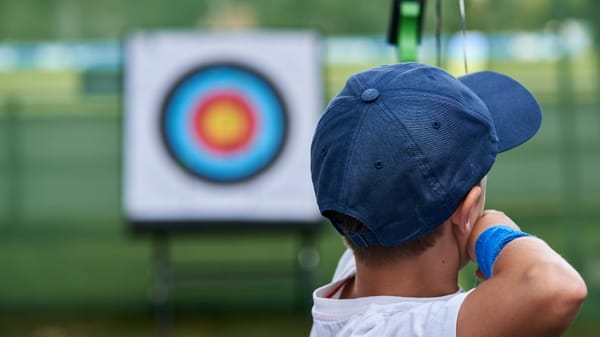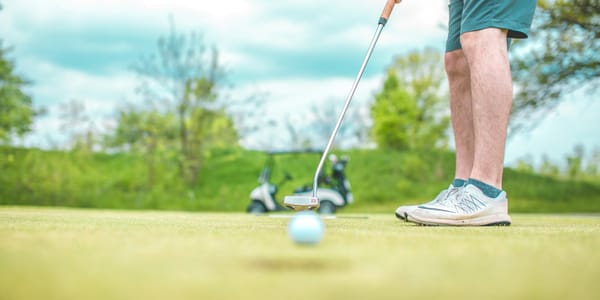The Brain Science Behind Your Golf Game: Why Changes Take Time and How to Make Them Stick

The Universal Struggle with Golf Changes
Every golfer has experienced that moment of frustration when a swing change feels impossible to implement. You're at the range, your pro has given you clear instructions, you understand the concept completely, and yet your body seems determined to return to its old habits. This isn't just about muscle memory – it's about how your brain adapts to change, a process neuroscientists call neuroplasticity.
Understanding neuroplasticity in golf isn't just fascinating – it's essential for anyone serious about improving their game. Your brain isn't just directing your swing; it's constantly rewiring itself based on how you practice and play. This rewiring process explains why swing changes feel so uncomfortable at first and why proper practice is crucial for lasting improvement.
What's Really Happening in Your Brain
Let's explore what's actually happening in your brain when you're trying to change your swing. Every golf movement you make involves complex neural pathways – think of them as highways in your brain that control specific movements. When you've played golf for years, these highways become well-traveled routes that your brain naturally follows. Trying to change your swing is like asking your brain to build a new highway while simultaneously closing down the old one.
This is why that new grip or swing thought your instructor gave you feels so foreign at first. Your brain is literally carving new neural pathways while trying to suppress the deeply ingrained ones you've built over years of play. The good news? Understanding this process can help you make changes more effectively and permanently.
The Three Keys to Neural Change
The key to successful swing changes lies in understanding three crucial aspects of how your brain adapts:
Timing
Research shows that new neural pathways take anywhere from 30 to 90 days of consistent practice to become stable. This means that short-term fixes rarely stick, and you need to commit to a change for at least a month before it starts feeling natural.
Consistency
Consistency in practice is essential, but it's not about spending hours on the range. Your brain strengthens neural pathways through focused, deliberate practice sessions. Twenty minutes of mindful practice with clear feedback is more effective than two hours of mindless ball-beating. This is why many touring professionals take videos of their practice sessions or use launch monitors – immediate, accurate feedback helps the brain build the correct neural pathways more quickly.
Environment
The environment where you practice matters more than most golfers realize. Your brain forms stronger neural connections when you're relaxed and focused. Practicing under high stress or when you're mentally exhausted actually inhibits the formation of new neural pathways. This explains why that swing change that worked perfectly on the range disappears under pressure on the first tee.
Making Changes Stick: Practical Applications
Create a practice environment that supports neuroplasticity through these proven strategies:
Smart Practice Sessions
Practice in shorter, more focused sessions rather than marathon range sessions. Your brain builds stronger neural pathways in the first 20-30 minutes of focused practice than in hours of unfocused repetition.
Immediate Feedback
Use training aids or alignment sticks to provide immediate feedback. Your brain needs clear signals about whether each repetition is correct or incorrect to build the right pathways.
Mental Training
Incorporate mental rehearsal into your practice routine. Visualization activates many of the same neural pathways as physical practice, effectively doubling your learning opportunities.
Embracing the Process
Most importantly, understand that setbacks are part of the process. When you're playing under pressure, your brain naturally wants to revert to its most deeply ingrained patterns. This doesn't mean the change isn't working – it means you need more time to strengthen those new neural pathways until they become your brain's default choice.
Looking Ahead
The next time you're working on a swing change, remember that you're not just training your muscles – you're literally rewiring your brain. Give yourself time to adapt, practice with purpose, and trust that those new neural pathways will eventually become as natural as the old ones. Your brain is remarkably adaptable; it just needs the right conditions and enough time to change.
Consider that every shot is an opportunity to strengthen these new neural pathways. Each practice swing, each putt, each chip shot is either reinforcing old patterns or helping to build new ones. The choice – and the commitment to change – is yours.




